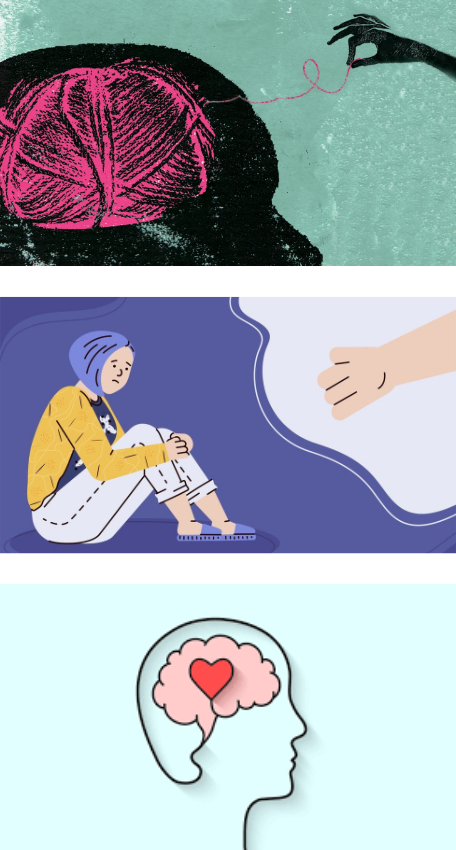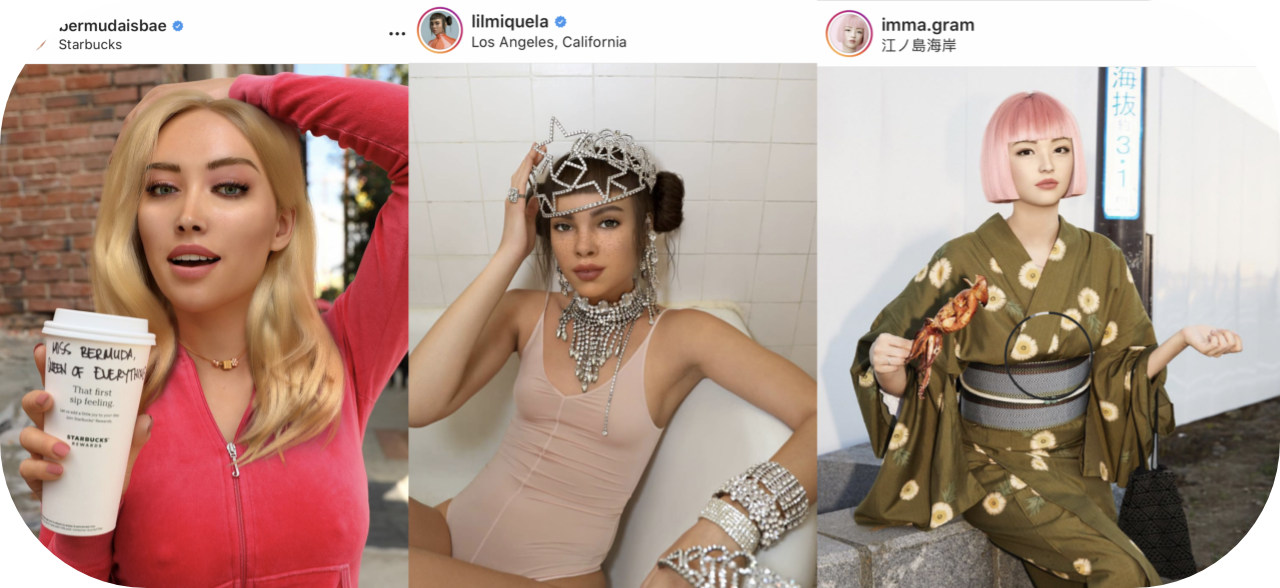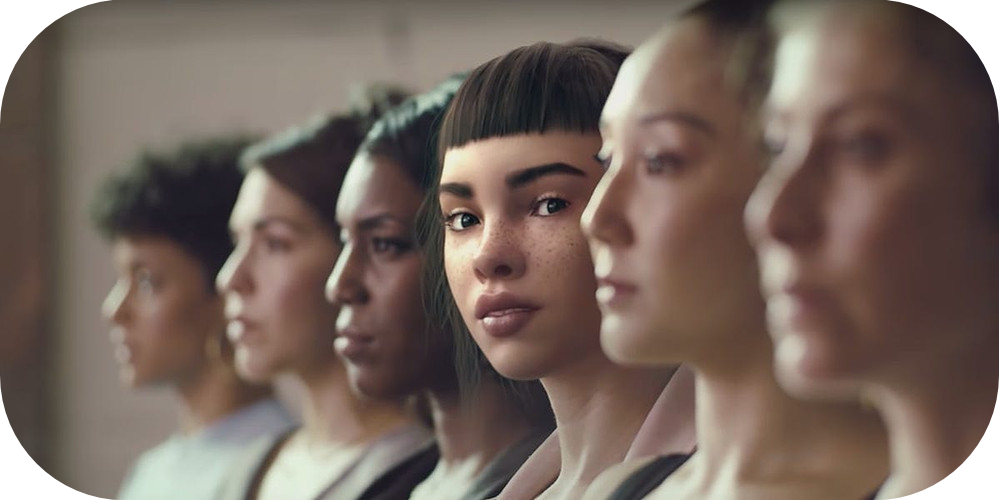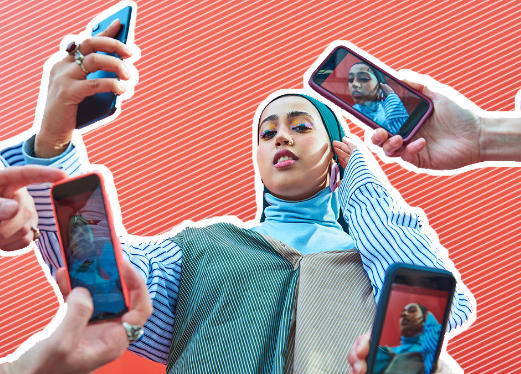Do Influencers Have An Impact On Everyday Life?
Introduction
The essay explores what kind of changes influencers make upon people’s lives. Influencers have become very popular within the past few years, they are becoming conversation starters. There are people who think influencers only make others lives worse and cause mental health problems. On the other hand, there are those who believe influencers have no downsides. The essay will review both sides of the arguments, looking at the changes and impacts that influencers have on society. This includes looking at financial changes where the study will focus on discovering whether influencers impact spending habits and to what extent. There are lots of companies that are increasing their financial spending on influencers, which will be looked into. The financial aspect is important because those most affected by influencers financially may not realise it. It will also look at the mental and emotional effect influencers have on people. Are there only negatives to the story? Many people enjoy watching influencers, they can help inform and even improve mental health. These positive effects are being clouded by the negatives of other influencers, through the likes of political statements or false information.
Influencers face a lot of hate and negative comments which clearly suggests that people are getting hurt by the content being put out. These comments are also affecting influencers, which leads to changes in the type of content they put out. Influencers who receive hate comments will try to avoid doing things that led to these comments. Could this lead to more repetitive and conservative content? There are many new influencers who became known through TikTok, they are receiving negative comments too but do not have the same level of experience and money to deal with this negativity. This could lead to an increase in mental health problems.

Do Influencers Affect Financial Choices?
Influencers are becoming a common source of entertainment and information. They have become conversation starters. But does this mean our lives are being changed because of such influence? Would you recommend a product which you heard about from an influencer? There are many people who hold high faith in influencers and that try out new products because of them. This shift has created a new digital age where a lot of shared content has some form of marketing strategy embedded into it. Think of posts where clothes worn by the influencer have hyperlinks to a shop. This has led to the exposure of products and increased brand awareness which is huge within the digital era. Research states that 92% of customers would follow an influencers choices compared to advertisements or celebrity endorsements. This shows that influencers are becoming the most popular form of endorsement, which also confirms their rise in entertainment. But it is important to know how far this influence reaches. Many articles point to the same conclusion, "40% of people say they have purchased a product online as a result of seeing it being used by an influencer on social media” (Saleh, 2019). There are many people who are susceptible to influencers and their effects. In the UK alone there are “53 million active social media users as of January 2021. That translates to a social media penetration rate of 77.9 percent of the population” (Johnson, 2020). So if these 40% purchases translated to the UK population, there would be over 21 million purchases as a result of influencers in the UK alone.
Influencer marketing strategies can be beneficial to small businesses who would otherwise not be noticed. By partnering with influencers, the company has someone trustworthy who will immediately improve brand perception and awareness. This is because there is already a trust built between an influencer and their followers which could translate to consumer action when the brands are supported. Another benefit for companies using influencers is that by choosing them, they are able to reach highly specific audiences. By choosing influencers, an organic advertisement experience is created because ads are being integrated into the viewers feed rather than being displayed as pop-ups.
Lush decided to go off social media in October 2021. The company stated that the “serious effects of social media were barely being acknowledged” and that social media channels “need to start listening to the reality of how they're impacting people's mental health and the damage that they're causing.” They say that social media should be “more about passions and less about likes.” The interesting part is how they want to change their approach. Instead of using social media, the company plans to “personify the brand” by using influencers to spread word about them and their products. This is an interesting approach because by doing this they say they will reach audiences on a more personal level, where they won’t be forced to pay to have their content displayed in the form of ads. Lush say they will lose a predicted “£10m in sales” by reducing their social media presence.
Influencers Are Also Affected By This Too
Influencers try to entertain people, but they can receive a lot of hate for it. They can receive a lot of negative comments which are often unjustified only because others resent them for things like status or money. Their own mental health is also being affected as a result of them being an influencer. Charli D’Amelio is one example of this hate. She is only 17 years old and has received many angry comments over the past year who are upset that she’s become famous for her dance videos. These sorts of incidents are common amongst influencers and it makes their self-esteem and mental health worse than it would otherwise be. Another is 19-year-old TikToker Spencewuah who just announced he would be taking a break from TikTok after facing backlash over his video. The problem with TikTok is that the site depends on mid-size creators yet they do not offer the kind of money needed for such influencers to insulate themselves from those followings. So they get famous because of their videos but are unaware of what comes with such fame. The problem is that TikTok is the big current trend so lots of people, both adults and teenagers, become mid-size creators without any support creating a negative atmosphere of fame which they can’t find their way around. From a conducted survey, “47% of surveyed influencers felt their job as an influencer had an impact on their mental health” while “32% believes the platform gave them a negative impact on body image” (Leighton, n.d.). Another issue is that many influencers are afraid of branching out from whatever the algorithm decides it likes in fear of becoming irrelevant. This results in repetitive content which is fuelled by an algorithm, this algorithm is bad as it results in less innovation and creativity from influencers. This has negative effects on influencers’ well-being because the main reason they want to become influencers is creativity. 24% of the “younger generations are drawn to creative pursuits and crafting content that supports their creativity” (Mediakix, 2018).
The most common form of posting is through either the video or image format. On Twitter alone, tweets that “include images or videos are 394% more likely to be retweeted” (xperiencify.com, n.d.). So in a lot of this content, people get to see the influencers’ environments. The lesser-known influencers want to create attractive posts with nice backgrounds, fancy brands and they want to follow the trend; they are also seeing the super-famous influencers and start thinking that having super expensive gadgets and houses is a must for content creation. But they don’t have the funds to live this kind of lifestyle. They also get pressured by the negative comment about their cheap apartment or cheap equipment and through these comments, influencers are almost bullied into spending money that they don’t have just to stay relevant. The websites say it themselves, one of the best ways to increase media engagement; by creating original and engaging visuals. There are quite a few ways to do this, but most of them require unique (read expensive) products, locations or decor to serve as backgrounds. Like influencer Mondalek says, “Someone is purchasing something you can’t purchase or making connections you haven’t made yet. It’s the rat-race lifestyle boiled down into the palm of your hand, and sometimes it feels inescapable.”
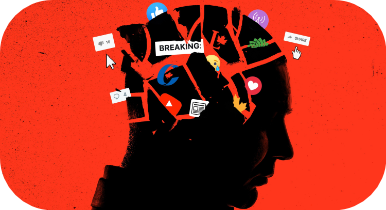
Influencers are creating disinformation
Disinformation comes from many sources and sadly one of these sources are influencers. There are many examples, the most well-known is relating to politics but the most recent relates to the Coronavirus pandemic. The Centre for Countering Digital Hate has conducted research which led them to the conclusion that most of the vaccine disinformation has been created by influencers. The so-called ‘disinformation dozen’ are responsible for up to 65% of anti-vaccine content that has been created. The ‘disinformation dozen’ consists of 12 people and has resulted in the removal of more than 16 million pieces of content which violate policies on Facebook alone. The whole following of this anti-vaccine movement has reached a critical amount of people, according to the research “anti-vaccine activists on Facebook, YouTube, Instagram and Twitter reach more than 59 million followers” (www.cbsnews.com, n.d.). That is how widespread the movement has become as a result of very few people who created fake scientific statistics.
Another problem is that influencers are being paid to spread disinformation relating to the covid vaccines. This is an issue because it shows how a worldwide crisis is being monetised even though the vaccines are meant to help people. This whole issue of disinformation is very important because it shows just how much influencers can change people’s opinions on a global scale. They are being affected mentally because this issue is on their mind constantly, they are being affected physically because they could become sick and they are being affected financially either through medical bills or by supporting this.
TikTok
The new wave of influencers are creating mass changes. There are ordinary people with random videos who are getting hundreds, thousands and millions of views without much of a following before this occurrence. One example is Lyn Lapid, who made a TikTok about a “disappointing experience she had with a producer when she was first trying to get her music out.” The video got 50 million views helping the 18-year-old release that video as a single, even though she never had this number of views before. The new social media site has allowed for many changes and like seen with Lapid, TikTok can offer a new way for independent musicians to go viral. This means a new future; one where anyone can become content creators on their phones with little equipment. This also changes the content that we see, it makes the content more unique as anyone can get through the algorithm and it changes the type of people we see in our feeds. The introduction of TikTok has also led to increased activism; people are spreading awareness about issues like climate change, mixing political statements with goofy videos and spreading knowledge about things such as different cultures. Now, all the other media sites think about Instagram and its new stories feature. Whether for good or for bad, TikTok will most probably live on just as many other social media sites do, but whether it remains as popular as it is now remains a question.
